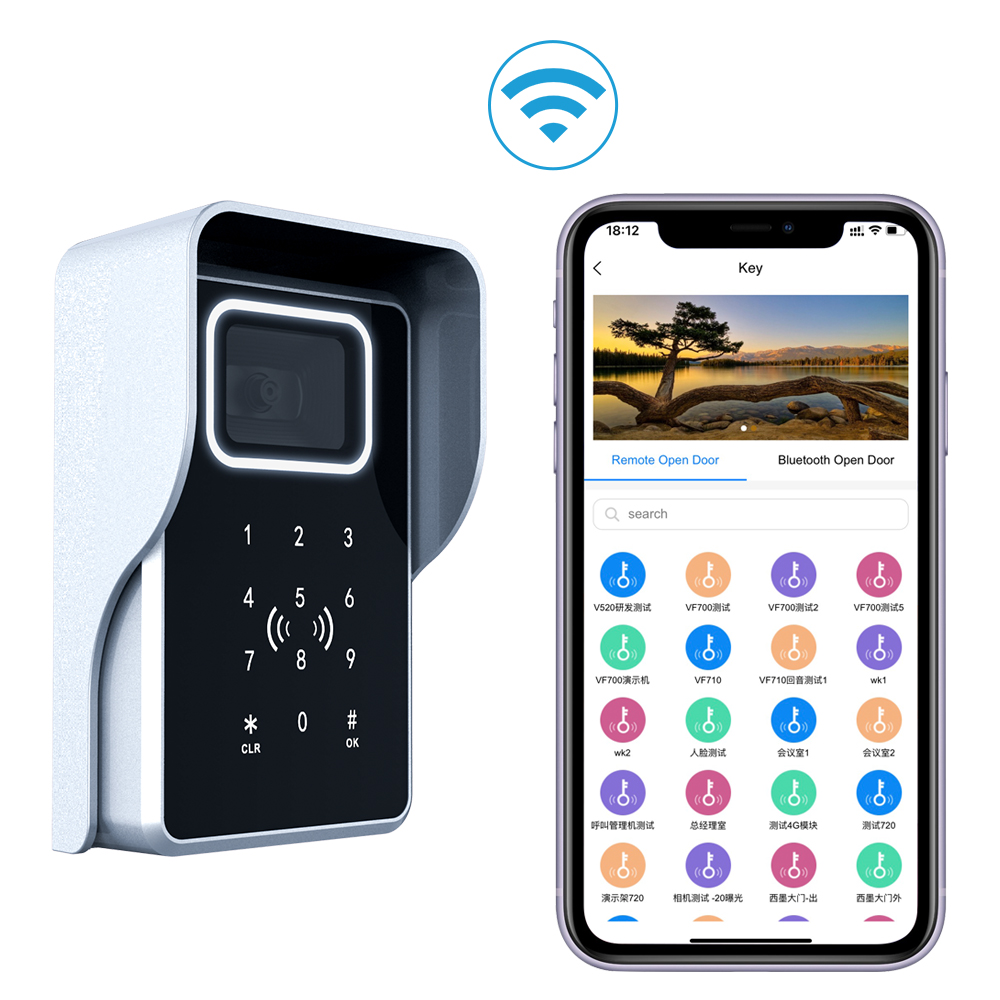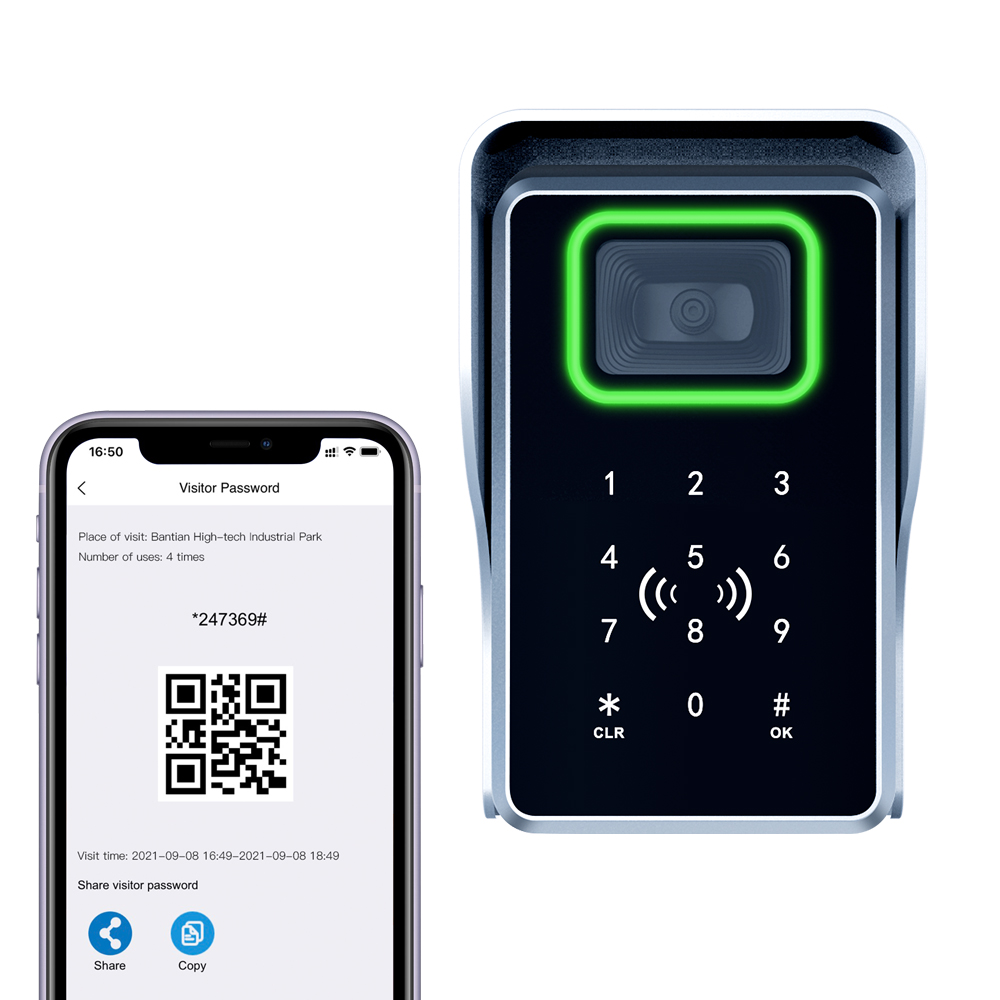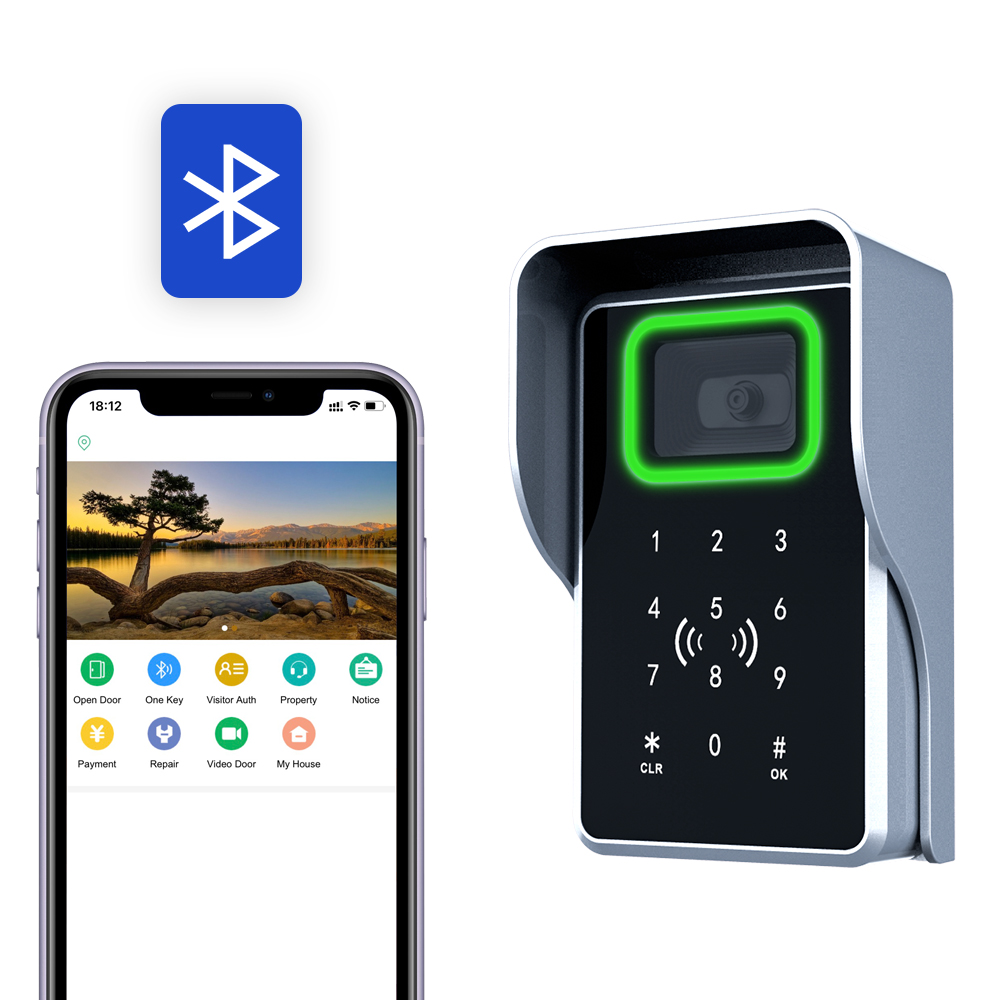Touchless technology enables users to complete transactions or perform actions with systems touch-free. It leverages optical and biometric sensing capabilities, enabling computer systems to receive instructions through user behaviour or physical movement.
Touchless technology helps improve and manage access to financial services and institutions in a number of ways.



Types of Touchless Technologies
- Touchless Sensing
Touch-free sensors can detect the presence or movement of a person or object. These are fairly common in people’s lives. Everyone has experienced motion detectors at some point, when they walk through automatic doors at a mall, hotel, convenience store, or building.
- Gesture Recognition
This is perhaps the most common type of touchless technology out there. Simple gestures can help users control or interact with devices that can sense them. For instance, waving hand to deactivate a camera or open a door, or bodily movements in video gaming are examples of gesture recognition.
- Voice Recognition
Users can speak to devices to control or access them. A particularly popular application for this technology is to interact with personal digital assistants, such as Alexa, Google Home, Siri and Bixby.
- Facial Authentication and Recognition
Facial recognition systems have played a huge role in helping increase automation and security at financial institutions and elsewhere. This technology improves on the premise of voice recognition to further improve touchless interaction. Only in this case, the user doesn’t even need to speak. Beyond access control for workplaces, facial recognition systems have helped re-define the security and asset protection spaces. They enable everything from unlocking a phone to identity validation.
- Personal Digital Devices
In a more general sense, touchless technology implies that users don’t have to touch any public surfaces, like elevator buttons, door handles, or shared screens. The advent of smartphones, tablets, and laptop computing has played a huge role in facilitating touch-free interactions, since users can avoid coming into contact with strangers and public surfaces. This was particularly significant at the height of the COVID-19 pandemic, when hygiene and sanitation took on added importance.
Touchless Technology improving financial services institutions
- Digital Banking
Even prior to the emergence of COVID-19, retail banking in the U.S. was witnessing a dramatic shift in customer engagement. According to Deloitte, from the period 2010-2020, U.S. retail branch usage declined by 35% across all age groups and by nearly 50% among 18-24 year-olds. Digital interactions, on the other hand, saw a jump of 15%.
Digital financial technology enhances remote access
During the COVID-19 pandemic, Americans who refrained from using digital financial services declined by as much as 30%. A number of them used online banking services for the first time. In fact, not only is digital financial technology helping improve remote access, but it’s also a competitive differentiator. Deloitte surveys indicate that under-banked customers are three times as likely to open deposit accounts with digital-only financial providers.
Customer experience is the primary business driver in this new digital environment. Banks are trying to find ways to retain the personal touch across a virtual interface and win customers through compelling digital experiences. This goes beyond helping customers conduct simple payment transactions and take out loans. Banks are being challenged to provide transformative solutions for hitherto unaddressed issues. This includes:
– Integrated financial management – Improved financial technology has made it possible to provide customers a seamless experience across web and mobile, giving them both an eagle-eye view of their finances, as well as granular spending insights.
– Advanced security – Financial institutions and their data tend to be prime targets for hackers and cyber thieves. Digital technologies, like 2-factor authentication (2FA) and biometric authentication can help improve customer protection and account access.
– Financial goal-setting – By enabling goal-based segmentation of finances across various bank products, providers can empower their customers to achieve personal financial objectives. Improved technology tools, including AI financial coaches, virtual education, and customisable products and services can help deliver this facility.
- Access Control
Banks and other financial institutions often need heightened security solutions, given the nature of their business. They’re sensitive environments that are visited by all manner of people, including staff, customers, service providers, and even dignitaries.
To fully safeguard cash and other assets stored there, they need robust, tailored access control systems that can guarantee security, while improving automation and convenience for everyone concerned.

Facial authentication technology
Vitally, the system uses facial authentication, as opposed to facial recognition. This means it does not collect personal identifiable information and enrolled users can opt-in, knowing that they’re consenting to verification rather than surveillance. It offers a host of applications for financial services spaces, including:
– Vault and safety deposit box access
– Access to data centre and IDF/MDF server rooms
– Employee access
– Employee time and attendance
– Visitor authentication
Robust access control technology not only improves security for financial institutions, but also helps ensure compliance, build rapport with customers, and improve goodwill among stakeholders.
- Contactless Payments
Contactless payments have been on the upswing for more than a decade. Nordic nations, such as Sweden were a largely cashless society, even before 2020. However, COVID-19 was a catalyst for widespread global adoption of this trend.
COVID-19 accelerates contactless transactions globally
The fear of the COVID-19 virus being transmitted via contaminated surfaces prompted millions of retail customers worldwide to switch to contactless financial technology for improved sanitation.
A Mastercard survey found that contactless transactions grew twice as quickly as traditional payment options at retail checkouts in 2020. The same survey indicated that some 79% of its respondents had transitioned to contactless payments during this period.
Contactless technologies allow users to pay for their purchases by hovering their device or card over compatible point-of-sale (PoS) terminals. No-touch PoS payment options include phone apps, wearables, and near field communications (NFC) cards.
NFC and RFID, key constituents of contactless payments
NFC and its parent technology – radio-frequency identification (RFID) are key constituents of contactless payments. They are deployed via an integrated circuit chip and antenna embedded within credit cards and devices like smartphones and smartwatches. Using NFC, this chip can communicate with PoS terminals when the card or device is passed over them.
This technology offers an improved financial and retail experience for consumers in many ways. It contributes to a heightened sense of well-being, by reducing contact and contamination. It can also make checkout a whole lot faster and improve the utility of personal digital devices.
Global tech firms leading the contactless revolution
Technology firms, such as Apple, Mastercard, Amazon, and PayPal are leading the contactless revolution. And it is a revolution. As many as 59% of global consumers now prefer contactless payment methods over cash. It’s not hard to see contactless capability shifting from a nice-to-have to a must-have for financial institutions worldwide.
- Mobile Wallets
Digital wallets are one of the most successful, if not the most successful, technology innovations for improved financial penetration among younger generations. Some 29% of Millennials are likely to open deposit accounts with providers offering digital-only solutions. One in 10 use mobile wallets for every purchase. They only need to look at the ubiquity of apps, such as Google Pay, Apple Pay, and Samsung Pay to realise this.
Digital wallets
Digital wallets are also a key driver of more democratic financial access among under-banked populations in developing countries. In many cases, these wallets are their first instance of participation in the banking and financial system. This is not surprising, given the propensity of fast-growing countries to ‘skip’ technologies, as with landlines, CDs and indeed, traditional financial instruments.
The beauty of mobile wallets — the reason they’re such an improvement in financial technology — is that they make peer-to-peer (P2P) payments fully touchless. Users can pay anyone from a friend to a creditor and a checkout cashier via their mobile phone, without having to resort to instruments like checks.
Simple smartphone access
They’ve also made the act of paying much more convenient. Users don’t need ready access to a bank or even a laptop. Just a simple smartphone is enough. Hence, it is no wonder that more than half of the world’s population is projected to rely on mobile wallets by 2025. The advent of 5G technology and faster financial processing is set to improve their utility even further.
- Digital Currencies
If mobile wallets were a big stride in enabling touchless finances, digital currencies are pretty much the pinnacle of the trend. They’ve even made credit cards redundant, let alone cash or checks.
Neither bitcoin, nor any other crypto-currency, is a physical object, nor is its value underpinned by any physical object. The value of every traditional currency is strongly tied to the import and export of goods and services, as well as to the value of gold.
Crypto-currencies – intangible and untouchable financial assets
Crypto-currencies are attributed a monetary worth by people simply because they choose to. They are entirely intangible and untouchable and yet, valuable. As of 2022, there are over 10,000 digital currencies in the world.
Blockchain, the technology underpinning this improved means of financial transaction, is incredibly important as well. Distributed ledger technologies (DLT), such as blockchain have inherent security advantages for financial institutions and other entities. It’s believed to have far-ranging applications for everything from healthcare to energy and supply chain management.
- Customer Security and Fraud Prevention
Digital contactless payments have significant implications for the degree of protection that providers are able to offer their customers. Cyber security is always a concern, when financial transactions are involved.
Digital payment technologies offer improved security
However, digital payment technologies offer improved security for both customers and financial institutions. Advantages like rigorous encryption and multi-factor authentication protocols make them much safer than offline payments.
For instance, mobile data is localised and locked behind PIN numbers and biometric sign-ins. Contactless payments often involve authentication notifications and one-time passwords (OTPs) for each transaction.
Enhanced security and fraud protection for customers
These are extremely difficult to duplicate for potential hackers attempting to gain remote access to your finances. This makes contactless payments even more secure than even credit cards. It also eliminates the need to carry around hard currency in physical wallets and access to ATMs.
Integrating contactless payment technology into their offerings enables financial institutions to provide improved security and fraud protection for their customers. It also contributes to improved compliance management and increased public confidence in their systems.
- Lower Costs
Touchless technology can help financial institutions reduce expenses across the board. For starters, autonomous access control systems can help cut down on the need for physical security guards, reducing labour costs for organisations.
Also, contactless payments are a much faster way to process with lesser workforce requirements. They reduce the time that providers need to spend on operating card machines or counting cash. Finally, the improved security that contactless financial technology delivers means that in the event of a breach, businesses get their money from their insurers, without any disputes.
